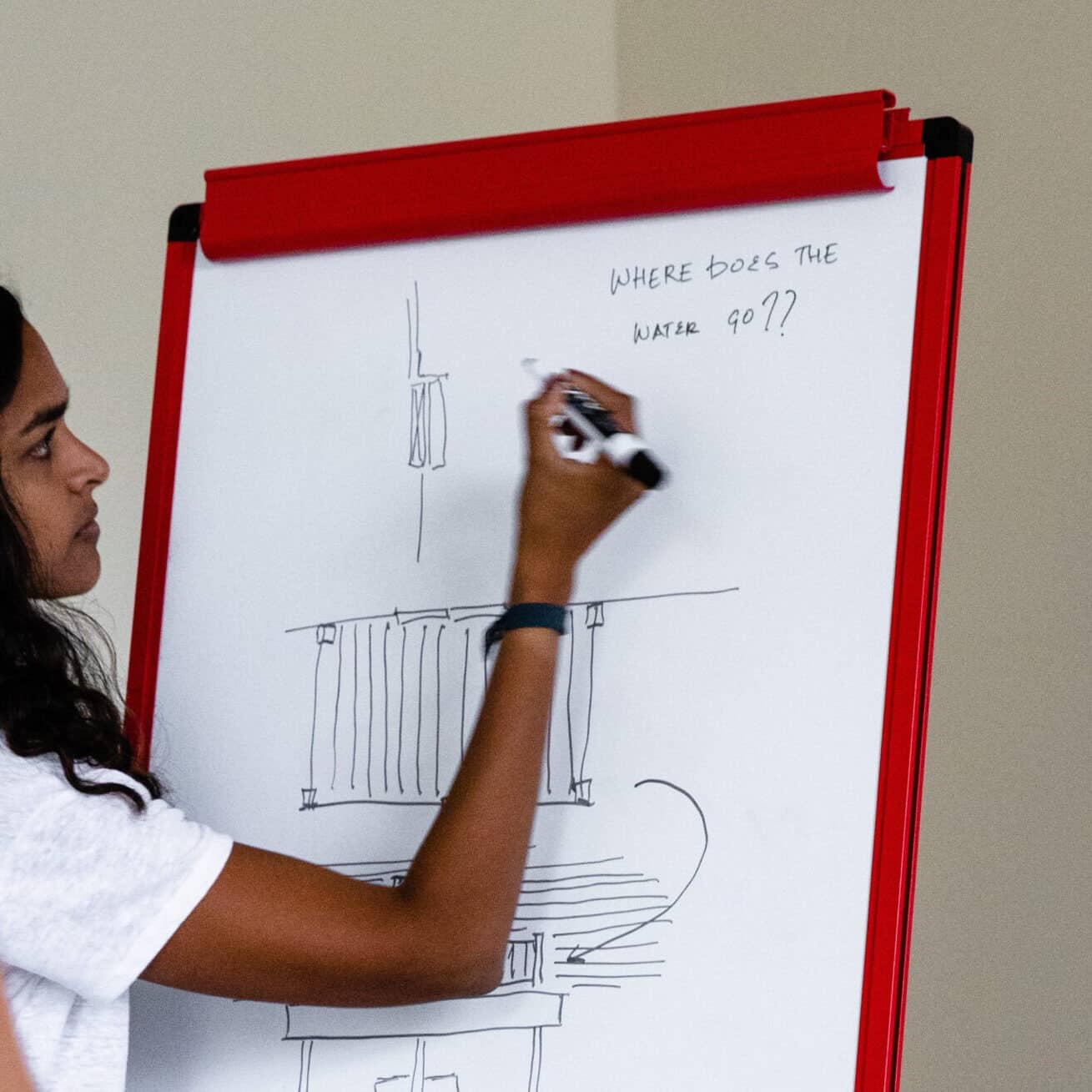Have questions? You’re in the right place.
Frequently Asked Questions
And Our Quick Answers
Browse through the list below for quick answers to the most common questions we hear. If you can’t find what you’re looking for, let’s talk!

Water leaks in ceilings and around windows or doors indicate water entry through exterior components, bypassing any waterproofing and sheathing. Bubbling or peeling paint means moisture is getting trapped and another coat of paint will not create a weather barrier. Obvious exposed rotted wood means that water is present.
A single invasive inspection is sufficient to identify flaws in the original construction. An invasive inspection involves exposing all layers of the building envelope to reveal the materials used, their installation methods, and any existing gaps. This comprehensive examination helps determine the presence of potential issues and provides insight into the quality of the construction. Recent updates to federally backed condo home loan requirements mandate a qualifying inspection of the entire building envelope to ensure proper maintenance practices and that any known issues are fixed. Consult your own association’s legal representation for a thorough understanding as requirements vary.
Unfortunately, most condominiums operate exclusively with reactive maintenance programs. The condo boom of the 80s and 90s resulted in communities and buildings going up fast and quick. The promise of condominium living was shared common expenses that were minimal in comparison to living in a single family residence. When a condominium building is first built, there is minimal maintenance required. A few years down the road, the maintenance needs grew however the collected fees for common expenses did not. This created a reactive maintenance program or doing very little as needed to reduce expenses without fully understanding the consequences of steep deferred maintenance. Preventative maintenance programs confirm the original construction materials and installation and not only predict the longer-term maintenance needs, but also map out the short-term needs that don’t create more problems in the long-term AND how to ensure the community funds all the maintenance needs.
The tragic story of Surfside Condominium in Miami, Florida in 2021 is the truly unfortunate reality of what can happen if a building envelope is neglected. The collapse of this building resulted in the death of 98 residents.
We help any and all condominiums even if we are not the best solutions. Wood-famed is our specialty to properly perform an invasive inspection of the building envelope.
For seemingly straightforward maintenance projects like paint cycles or minor repairs, communities use competitive bidding to generate a scope of work and source bids from contractors. The risk with this approach is that communities are usually not aware of the root cause of the maintenance issue, and are gathering bids on proposed work that may not solve the underlying problem. Our process follows one consistent framework of collaborative planning. It starts with a comprehensive building envelope evaluation. The expert uses the formal diagnosis to create a scope of work, including specifications, pricing and financing. Then comes price auditing. Community decision makers work with an engineer to review the proposed scope and costs, and ensure fair market pricing.
Our inspection is invasive or going beyond the visible outermost layer of your exteriors. A reserve study is based on a visual inspection and the life expectancy of each product. It does not account for the installation methods, overlapping products, and the conditions beyond the outermost layer. A reserve study is intended for condominiums in their infancy. It identifies the exterior component replacement costs and how much should be saved by a community over the expected life of the component. Doing so as a check-in leaves you with a report that is not actionable. Our invasive inspection is the first step to identify your building envelope’s current conditions AND sets your community up to create an actionable plan.
If you spot any leaks inside your home, please inform your property management company or relevant management promptly. Delaying this could lead to water intrusion and subsequent rotting. If you see bubbling or peeling paint on the exterior of your home, again, report it as soon as possible to your management group. In an extreme case you might even smell mildew from extreme rotting of layers hiding underneath your siding. Contact your management company IMMEDIATELY in this instance because there can be rot present even if you can’t see it.
Still Have Questions?
Reach out to us.
